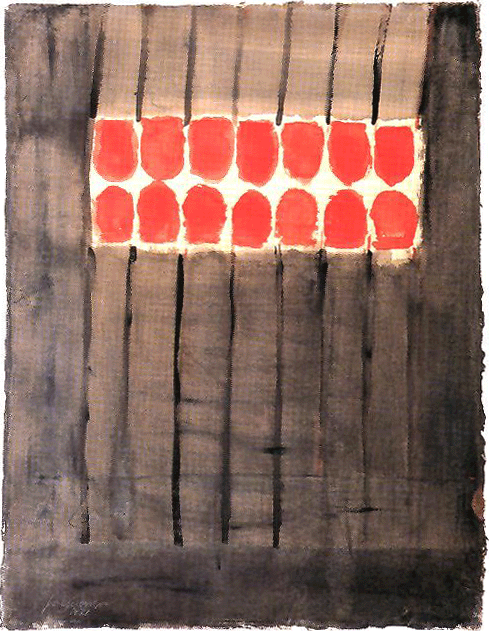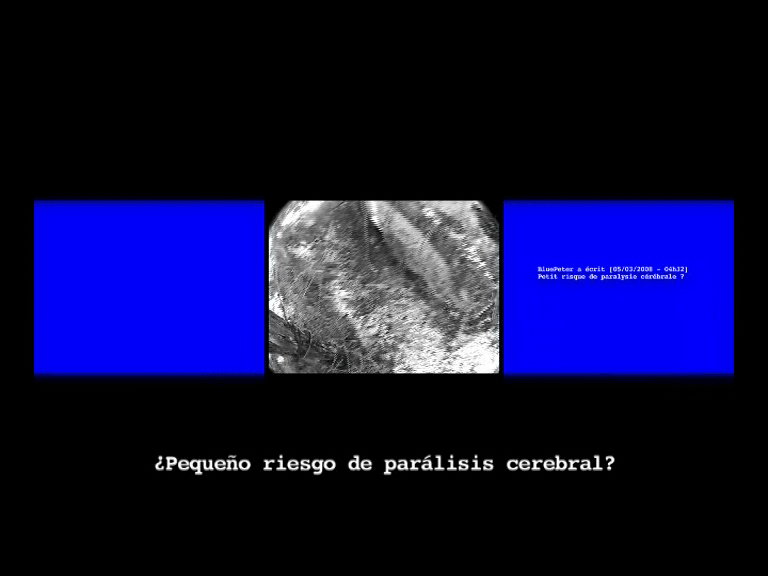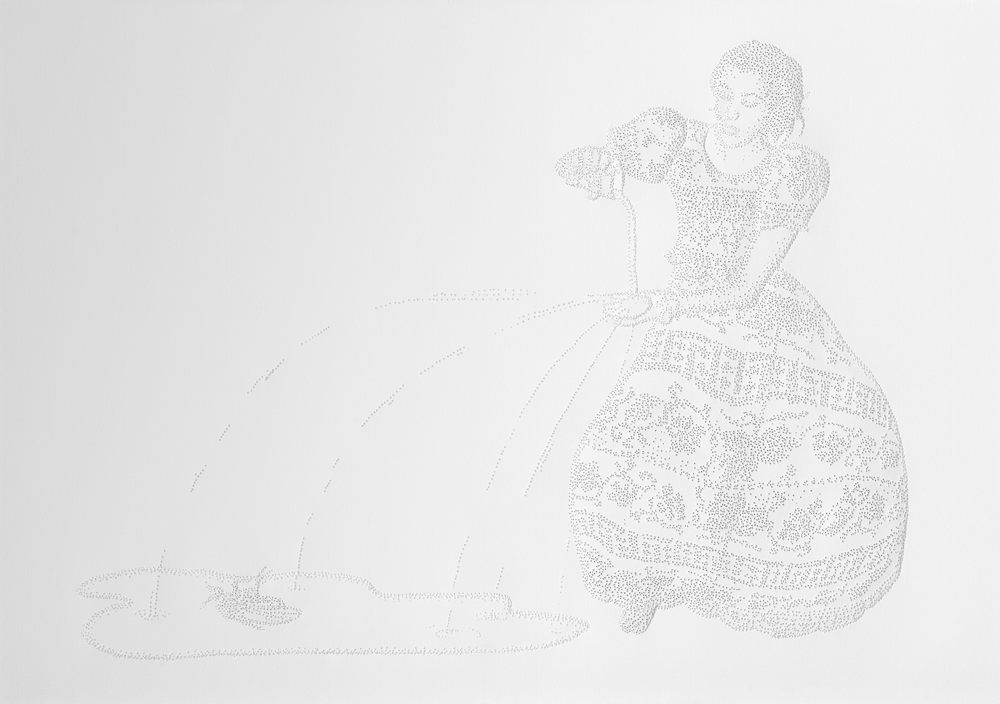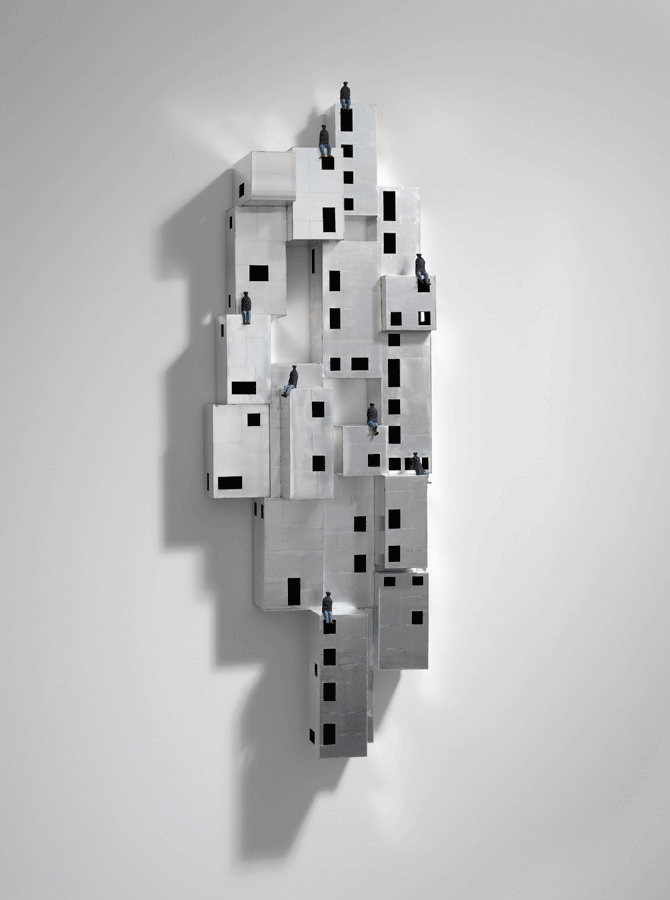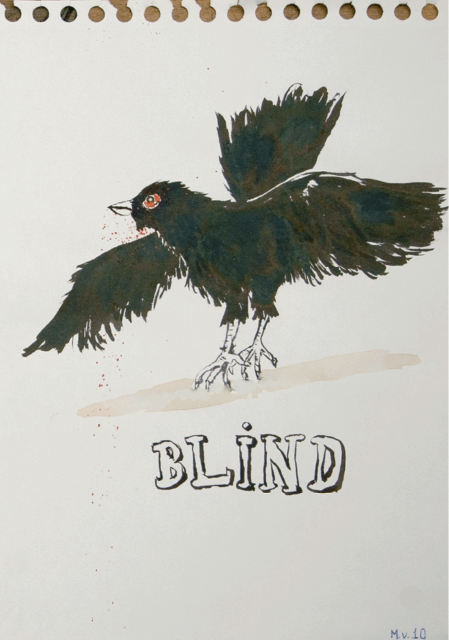
Ballard Baluard
In a civilisation dominated by interaction via screens, the alteration of urban habits, uncertain landscapes, accident and violence, climatic mutations and dystopia, the influence and the situations predicted by the writer J.G. Ballard are increasingly tangible.
For reasons connected to spelling, when one searches the name of the Es Baluard Museu on Google or social networks, one of the options that come is “Ballard”, the surname of the writer James Graham Ballard (Shanghai, 15th November 1930 – London, 19th April 2009) who lived for most of his life in a little house in Shepperton, a suburb of London next to the airport, which is an island in itself, both close and distant. These coincidences and some others have led us to generate a context of reflection in our Gabinet space, in order to research some of the basic questions he set forth, based on the museum’s collection and certain little-known works.
Suspended pool
Nadal Suau
Although the suspended pool is not a Mediterranean creation, and it has become popular in places where luxury and verticality go hand in hand, its introduction into the island’s landscape has an organic – one might say inevitable – sense, imitating (trivializing) the logic of the young tourist who throws himself off of his hotel balcony.
Formulated as a paradise of fun or relaxation, holidays in a southern resort are nevertheless, paradoxically, more of a perfected form of boredom, industrial high technology. Whether tourists interrupt their everyday routine to engage in invigorating strokes in the pool and a detox diet, or prefer tireless consumption of alcohol and drugs in the context of the market segment assimilable to the young working class, the fact is that both vacation models imply a continuity of the profound structure of western life today: the individual as a capital that needs administrating, an enterprise of the self which sees the holiday period as a mere functional resetting.
By contrast, in his own way the balcony jumper who risks his life in an aerial game with no meaning beyond that of the ritual delivers a powerful vitalist ultimatum: life only exists where it converges with its denial; one has only travelled if one confronts – at least once – the libidinal challenge of potential death. In reality, to place oneself in physical danger is to launch an interrogation on private property (as one’s own body is private property that is always on the verge of expropriation). There is a radical honesty in the gesture, and also revelation: balconing is a dystopian poem. It is not an act of suicide, although it does risk seeming like one if it fails, but rather an act of imagination which accelerates the promises (live on the edge, plunge yourself into experiences…) that brought the tourist to this holiday cubicle, taking them to a level on which the vital horizon is broadened, briefly, and reality presents new possibilities.
For its part, the significance of the suspended pool resides in a constant theme of our times – faith in engineering (a discipline that tends to supplant architecture or town planning), and invites its users to simulate a danger, an exceptionality of vertigo, but in conditions of absolute safety; immersing themselves time and again in the water treated with saline electrolysis, contemplating the passers-by who, twenty metres below, move between the two concrete blocks that frame the pool and comprise the access to the shopping mall, the swimmers fantasize with a sensation of suspension (and in doing so, they themselves become an attraction), but the supposed “experience” is not that at all, but a simulation of it. Suspended on high, geometric, that pool is the result of an ornamental dysmorphia, pure explicitness and spectacle. Seen with a minimum of perspective, it seems more like a plane than a cube, less uterus and more screen of liquid crystal. A performative device.
Poetics of the Ballardian bodies
Begoña Méndez
Body and the inner landscape. Ballard investigates the abject impulses and burrows into the interstitial territories of madness. He crosses the frontiers of reason and the limits of consciousness: he situates himself in the sewers of the inner world in order to speak the raving beauty of the psychopathic oneiric. Ballardian literature is ascribed within a space without jurisdiction or vigilance: ground zero for the construction of new mythologies founded on radical perversion and fluorescent digression. Abominable dreams, nightmares and fever violently dismantle the mechanism of conventions that define reality. In their place, obsessive paradigms and transgressive figurations reorganise intimate matter for an estrangement of the world.
Unspoilt spaces of the inner world. Rubbish tips in ruins beyond the conscious flesh, where the celebration of filth becomes a ritual for redemption. The Ballardian characters penetrate their own madness to become a fissure or psychosomatic fold: the body is a machine that excretes alienated fantasies and impulses of the subconscious.
The perturbed frontiers of logic in the suburban territory of unlimited dreams.
Crashed bodies. Crash is the sound of the liberating impact.
Human anatomy is misplaced in the body that has crashed: a jumble of flesh and metal that capitalism cannot assimilate. Shapeless, de-colonised materiality, free from the imperatives of the neoliberal market.
The Ballardian car crash is a mystic ceremony of self-destruction of the flesh, the celebration of its reconstruction as a machine-body.
During the collision of automobiles, the obscene encounter of organic beauty with technological violence occurs. Motorways, mobile architectures of concrete and asphalt, are the abstract territory where bodies and cars fuse in an imprecise materiality of pain, death and exalted pleasure. The crashed body is transubstantiated into penetrable scar and violent sexuality. The flesh dies as a transcendence, to become a fortuitous, out-of-place event, beyond the limits of that which is human.
A desiring machine-body made up of couplings, connections and fluids.
Idle bodies. Holiday centres or how the contemporary world is a gigantic globalized resort, an insensitive limbo where identities are lost in an obese mass.
Beneath the sun, expired supermarket meat.
The bodies exploited by the dictatorship of entertainment are without conscience and without time; suspended in an eternal jetlag or a perpetual absence of events, reality is no more than sanitized fiction and experience with media attention; directed dreams, anaesthetised emotions and transgressions of all-inclusive. Bodies made drowsy by banal consumerism: prostitution and pornography, cocktails, keep-fit, benzodiazepines and moderate violence.
Cocaine nights are the symptom of the big black hole of post-modernity. The heroism of Ballard’s characters resides in their conscious delving into their own destruction, the transformation of the neoliberal void into new cathartic, liberating rituals. Spectacular apologies of amoral violence and gratuitous crimes: delinquency and self-aggression without motive, to break the gentleness of neoliberal bodies.




